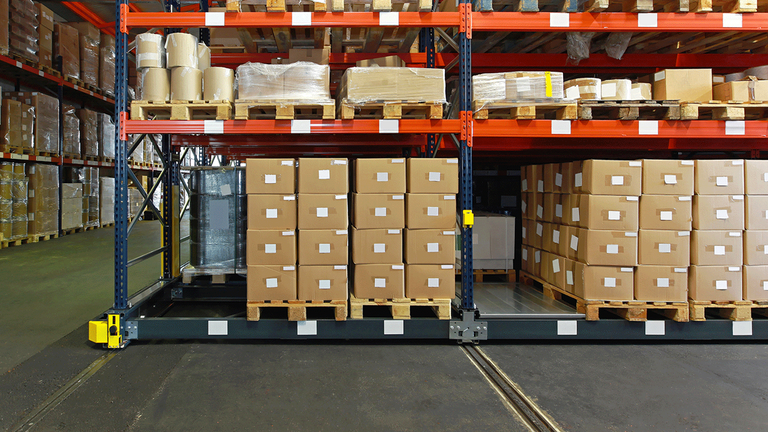A fulfillment warehouse receives, holds and transports a consumer product but does not take title to the product. Essentially, it stores inventory and ships orders to consumers.
Receiving – When inventory is shipped from the supplier, the warehouse receiver compares inventory with an inventory list and inspects for damage or lost goods. The warehouse checks for barcode labels or SKUs and adds them where needed.
Inventory Storage – Items are counted, checked, labeled, added to the warehouse management system and shelved.
Customer Orders – Customers place their orders for goods to be shipped.
Order Processing – Once the vendor receives an order, this is communicated to the warehouse. The Warehouse office processes the order and sends it to warehouse personnel.
Shipping – Pallets are professionally built to accommodate product for shipping. The pallets are loaded with inventory and the inventory is delivered to the customer.
Returns – A customer return policy gives customers a certain number of days to return product. If product is returned, it goes through all the shipping and receiving stages again.
